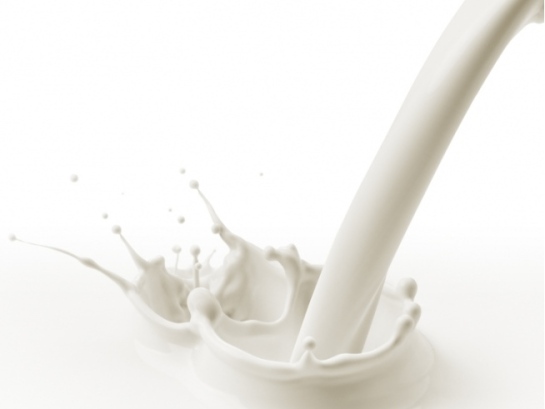Why Milk is Thicker than Water
Why Milk is Thicker than Water
I don’t know about you, but for all the years I’ve been thinking, doing and being Lean, I’ve always thought of flow in terms of water.
Until today.
We’ve known for a long time that inventory (here I’m talking about WIP, work-in-process inventory) costs money just through its very existence. We call that the carrying cost of inventory. Finished-goods inventory has a carrying-cost. As does WIP inventory.
Aside: Limiting WIP is not so much about reducing carrying cost as it is about reducing delays and increasing total throughput.
The idea of carrying costs comes of course from manufacturing. With large, stuffed warehouses, and piles of components on the factory floor, at least some of the carrying costs of manufacturing inventory are very visible.
In knowledge-work, where the flow consists of e.g. user stories (and learning), inventory is much less visible. And the perishability of that inventory can be a significant, although generally overlooked, issue.
Knowledge-work inventory has high perishability, due to a number of compounding factors, such as changing technology, changing market demands, changing regulatory environments, changes in staff, and so on.
Water’s not much like that. Water has low perishability. Folks rarely worry about the freshness of their water.
With milk processing, on the other hand, perishability is paramount.
So from now on when I’m thinking about flow, I’ll be thinking about milk. Lovely cool, fresh milk.
– Bob
Postscript
The water analogy is much reinforced by the term “waterfall”. Apart from the issue of whether it’s better to use the term “Batch and Queue”, the “water” in waterfall has long served to further obscure the question of perishability.
Further Reading
The Principles of Product Development Flow ~ Don Reinertsen


The milk has some weird properties. Once you open the first bottle of milk, your taste for what “lovely fresh, cool milk” should taste like changes (i.e. you learn something about what you need as a customer), so if the second bottle comes from the same batch, the chances are it’s going to taste worst than the first (i.e. not going to deliver the expected value).